EVORA
World Heritage Humanity City
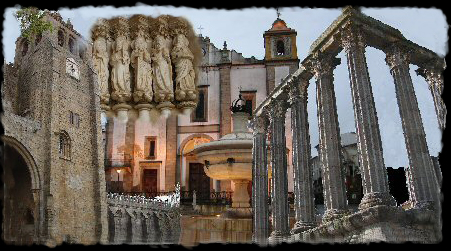
|
EVORA World Heritage Humanity City |
 |
||
In the footsteps of the numerous civilizations that made up its history, when the Portuguese kingdom spread southward, Evora made his way into the increasingly thriving life of the Portuguese nation, becoming one of its dynamic and flourishing masclaves. The American adventure and the return of conquerors and adventurers, favored its growth. Large number of noble houses and palaces, next to its University founded by Cardinal Don Enrique, make it a wonderful museum, presided over by the Renaissance and Manueline styles. |
|||
Evora and the Lusita aniseed monarchs |
|||||||
It was elevated to the capital of the kingdom and for long periods, the Court established its residence here. The population lived a long period of flowering, since after the nobility numerous religious orders were established, which founded a large number of churches and convents. During the reign of the Avís dynasty, they erected important monuments of architectural styles as diverse as Mudejar, Manueline Gothic, Renaissance or Mannerist. The nobility contributed with his presence to the enrichment of the monumental heritage, as numerous noble palaces and houses were built, whose owners competed with each other in important tasks of patronage. John II, D. Manuel I and D. John III led her to reach her greatest splendour, back in the sixteenth century, endowing her with her prestigious University born from the hands of the Society of Jesus. The frequent struggles with Castile favored the strengthening of its fortifications, regardless of the numerous fortresses that stood between the city and the border. The primitive Roman, Arab and Christian constructions were rebuilt and adapted to the new times, ensuring defense through various defensive belts. |
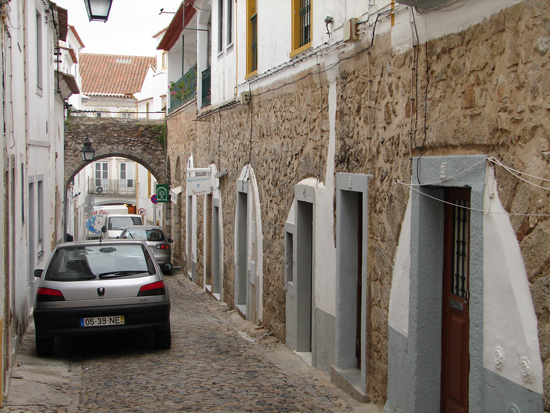 |
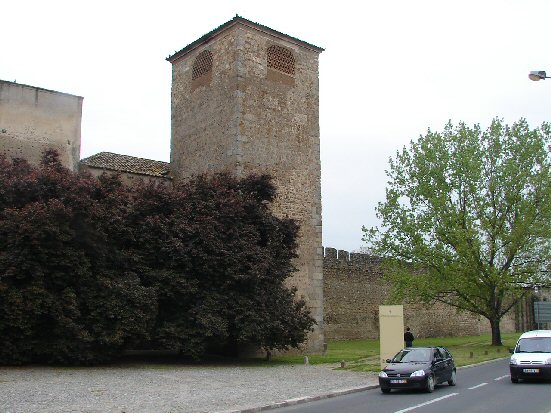 |
|||
 |
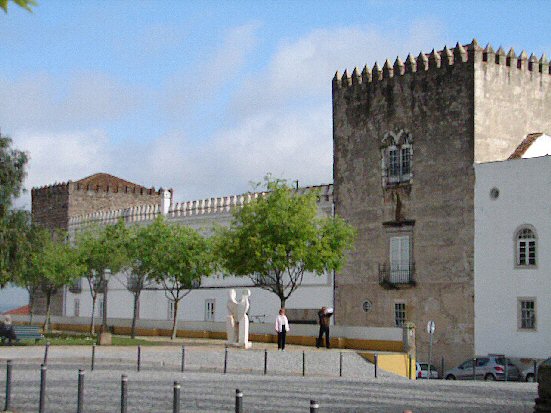 |
|||
In the seventeenth century throughout the Restoration War, the AbaluartAda Wall was built, which adapted the defenses of the population to the new defensive techniques against the unusual power of the new artillery. This fortification known as seiscientista, consisted of six bastions (jesus, Machede, Aca, Picadeiro, Principe and Count of Lippe) and a strong exterior, dedicated to Sao Bartolomeu. It was staffed by prestigious engineers such as Jean Gillot or Nicolau de Langres. |
|||
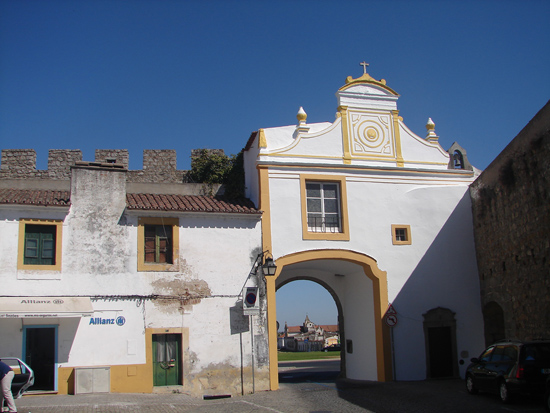 |
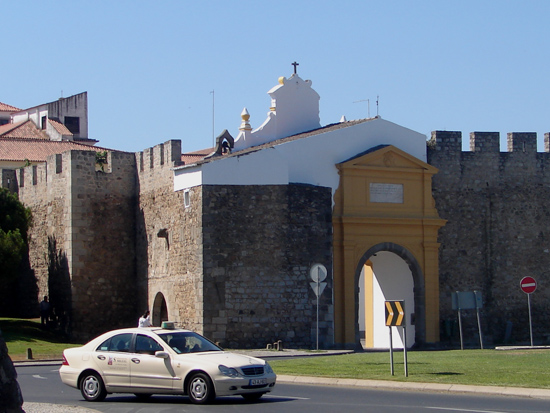 |
||
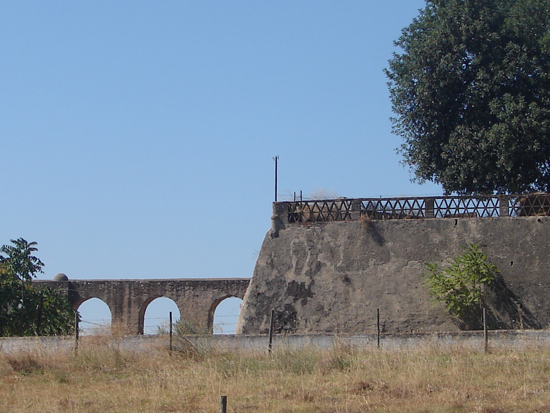 |
 |
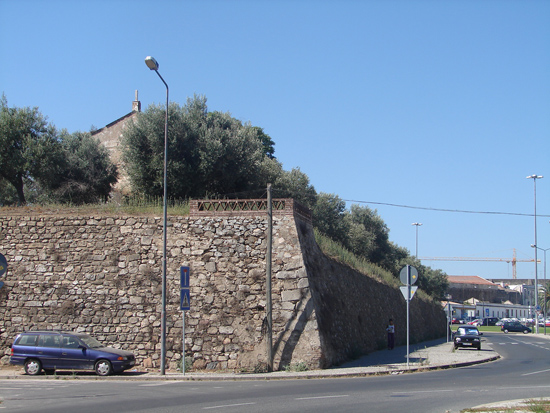 |
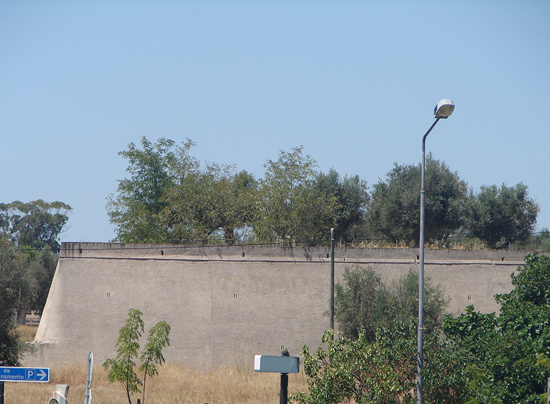 |
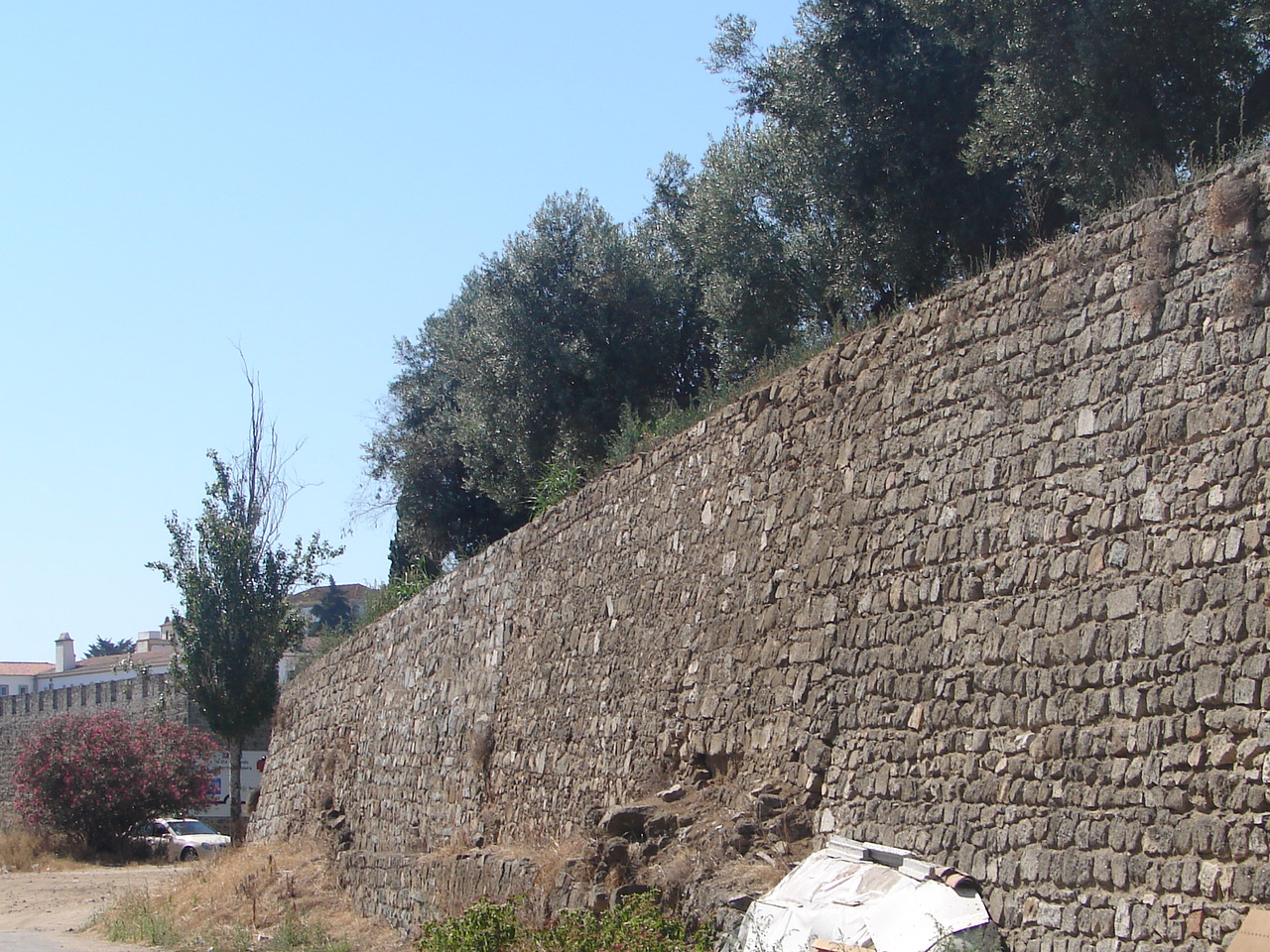 |
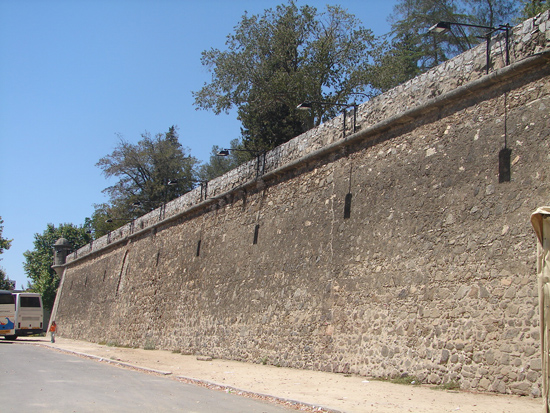 |
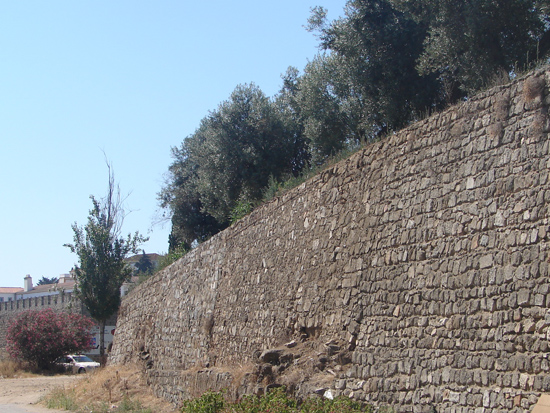 |
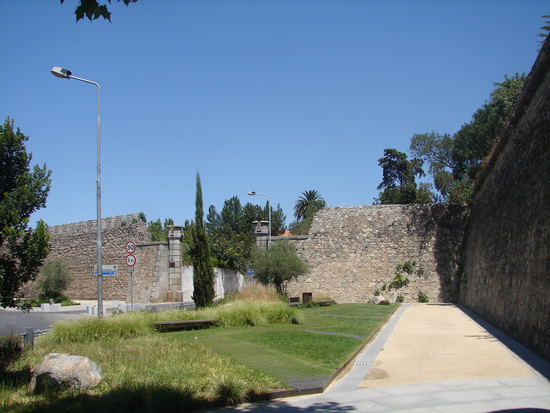 |
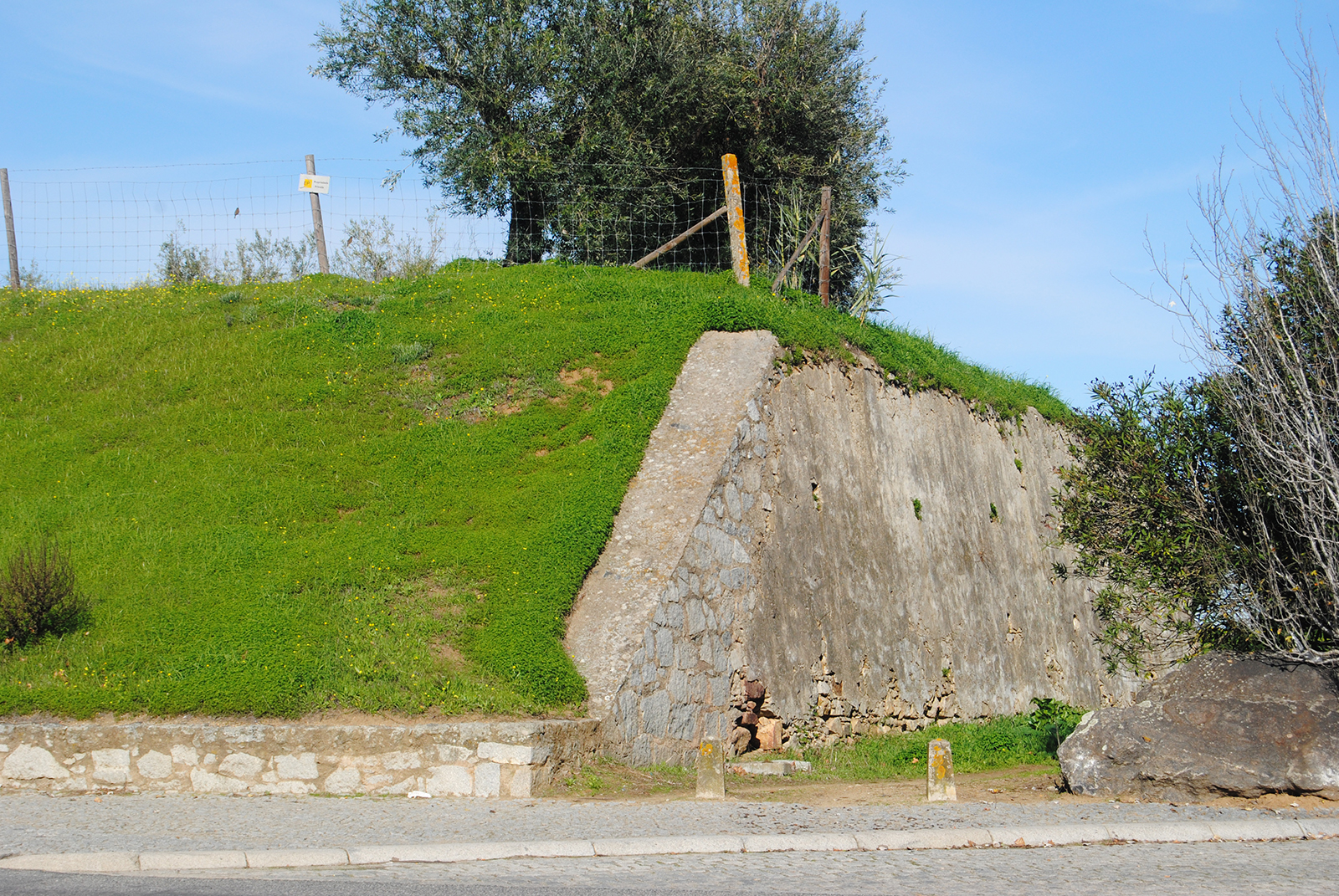 |
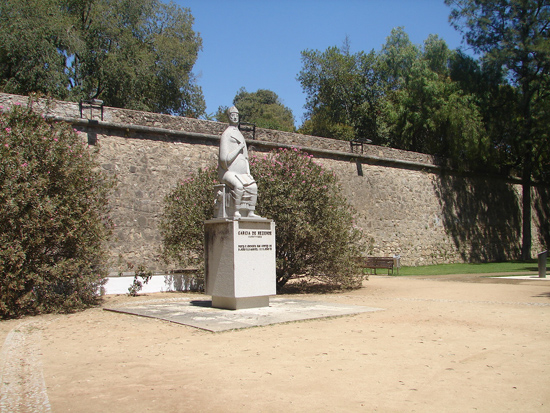 |
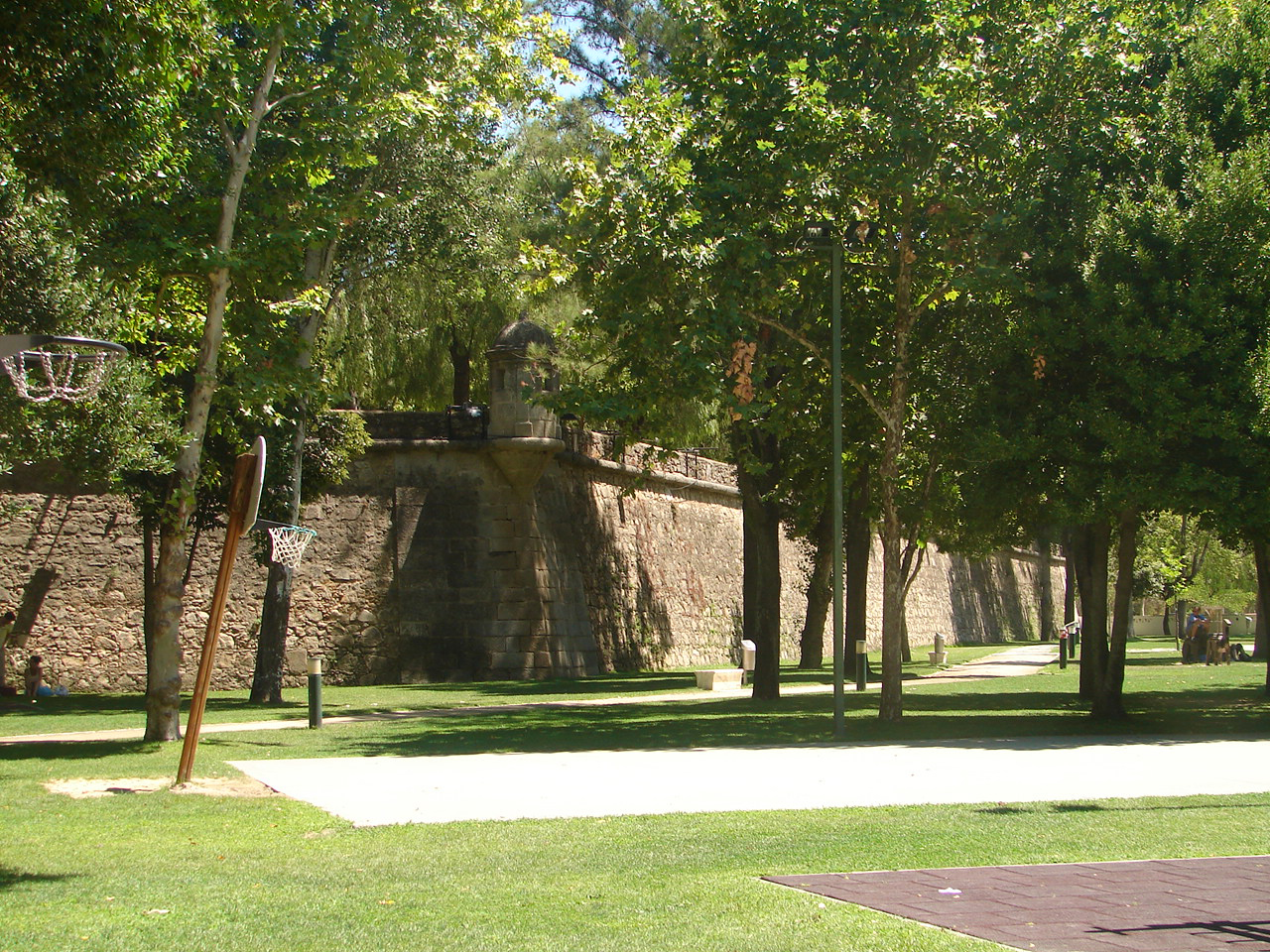 |
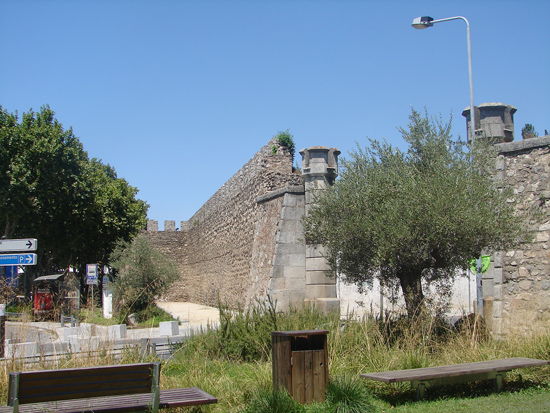 |
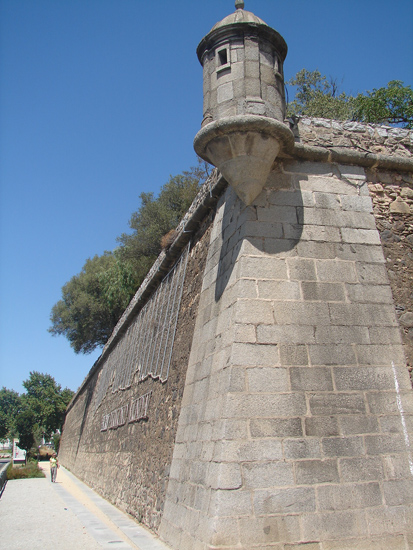 |
|
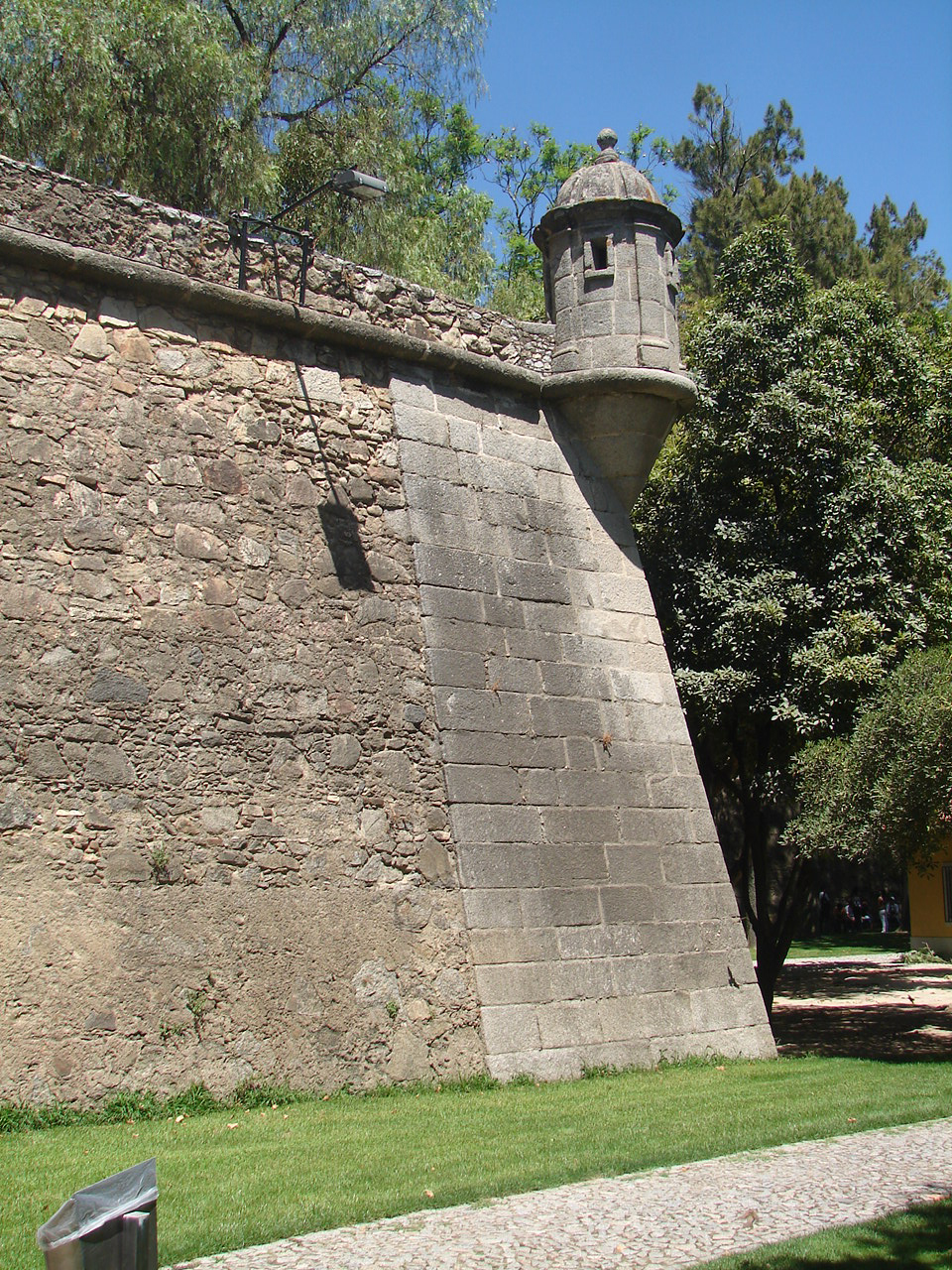 |
|
Photograqfias owned by the author |
|||||||
| PORTALEGRE | REDONDO | HUMANITY HERITAGE CITIES | EVORAMONTE | BADAJOZ |